Apple Vision Pro's commercial success should make Microsoft develop a more consumer-oriented HoloLens 3
Microsoft has all it needs to make it happen.
3 min. read
Published on
Read our disclosure page to find out how can you help Windows Report sustain the editorial team. Read more
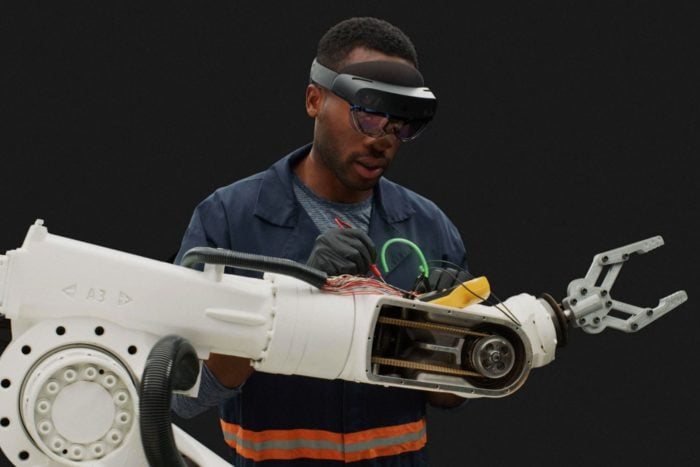
Apple released its Vision Pro device, and to no one’s surprise, it already is a commercial success. It has reportedly sold over 200.000 units already in less than a month, and given just how expensive a single Vision Pro is (starting at $3.499), Apple has hit the jackpot.
The company also predicts Apple Pro will hit an impressive number of 350.000 units sold in its first year, with over 12 million devices sold by 2028.
And if you’ve been on the Internet these days, you’ve surely seen that people are using the device while on the subway, or taking a walk, or even more dangerous, while driving (we don’t condone it, please don’t do it).
It’s pretty clear that Apple is seemingly winning the AR/VR race, despite Vision Pro not being a revolutionary device. Many other similar devices have been on the market for years, with Meta Quest and even Microsoft’s HoleLens coming in different versions, but they never had the hype Vision Pro currently enjoys.
The Redmond-based tech giant is expected to release HoloLens 3 soon, as the next installment from the HoloLens series, and the company should take Apple’s Vision Pro as an important lesson: HoloLens 3 should definitely be more oriented towards the usual consumers.
Why? Because that’s the only way to keep the HoloLens series alive, and there would be a demand for it: in a parody video posted by SAMTIME this week, the creator makes a valid point (although satirical) on how HoloLens was never designed for the casual user, even though it was released as such a product.
Understandably, the video went viral (it’s pretty funny, though, you should watch it) and it sparked the conversation on HoloLens vs. Apple Pro.
Should HoloLens 3 follow Apple’s Vision Pro path and take the consumer route?
The answer is yes. If Microsoft plans to release HoloLens 3 (and we speculated the device might actually be released this year, in 2024), then the Redmond-based tech giant needs to give casual consumers a chance to experience it.
Vision Pro, while sturdy and dystopian, is quite versatile: the device was designed to keep a balance between professional and personal settings, and consumers can use it for work, and entertainment, as well.
Many Microsoft 365 apps are available on the platform, which makes it perfect for those always on the road (and we mean this, as there are some viral TikTok videos with people working on Vision Pro while on a subway), but it can also be used to have an immersive cinematic experience.
And people are buying it, literally and figuratively: the sales are going exceptionally well, and Vision Pro enters the market as something revolutionary, even though it’s not.
Of course, HoloLens 3 could and should improve over its predecessor. SAMTIME effectively showcases just how bulky and weird HoloLens setup is; however, Microsoft has more than the necessary means to make HoloLens 3 the star of the show.
It has AI, and it’s quite good, so HoloLens 3 should sport a sort of Copilot (a Cowalker, maybe?), that could offer real-time information everywhere.
The device should also be designed with a more subtle structure in mind: Vision Pro might be good, but it looks rather big. And with the right apps, and tools, the device can be used by casual customers, and professionals such as doctors, engineers, and so on.
So, we hope this is a lesson for Microsoft, because the company really has the potential, the means, and the tools to hit it big with the upcoming HoloLens 3.
What do you think?



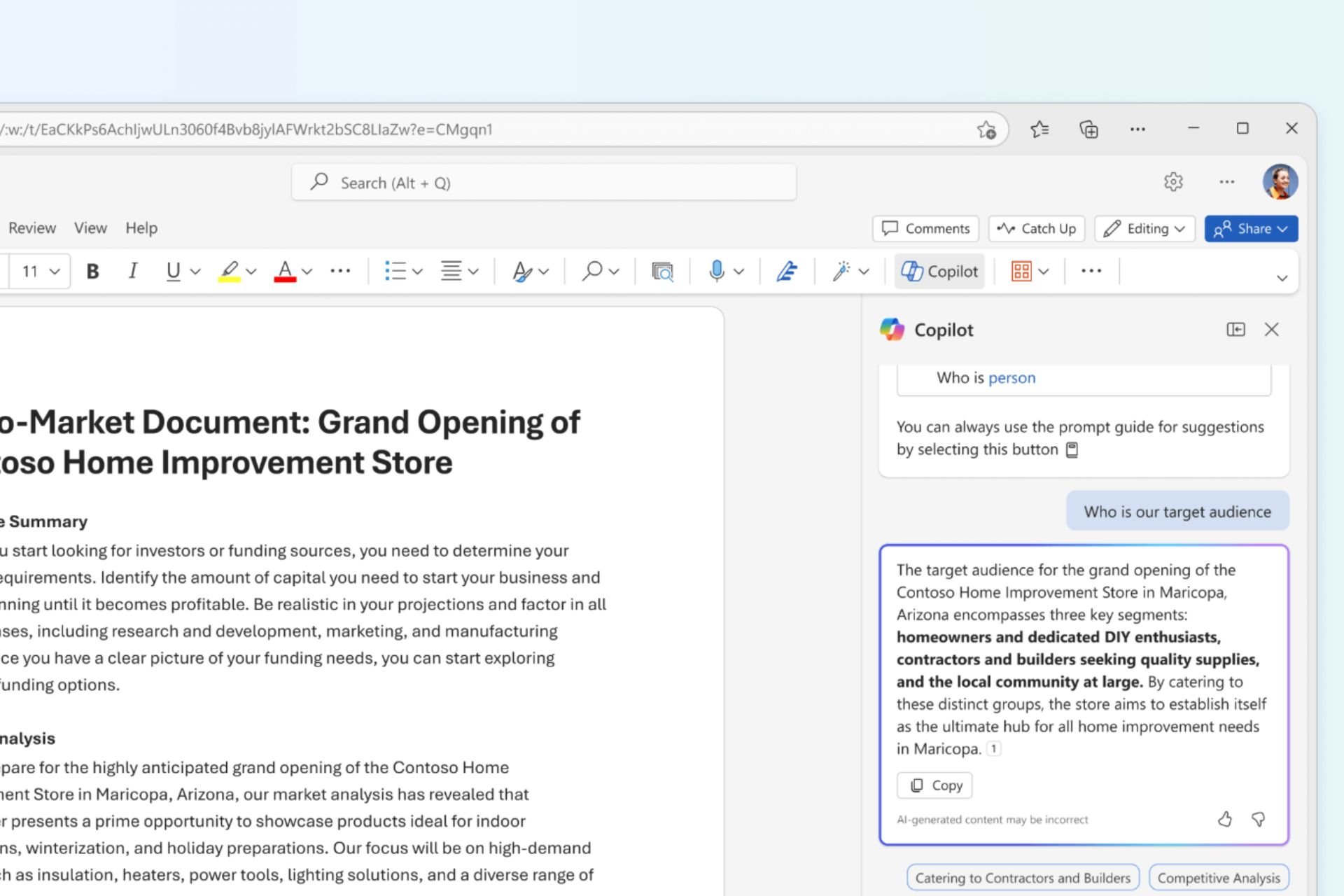
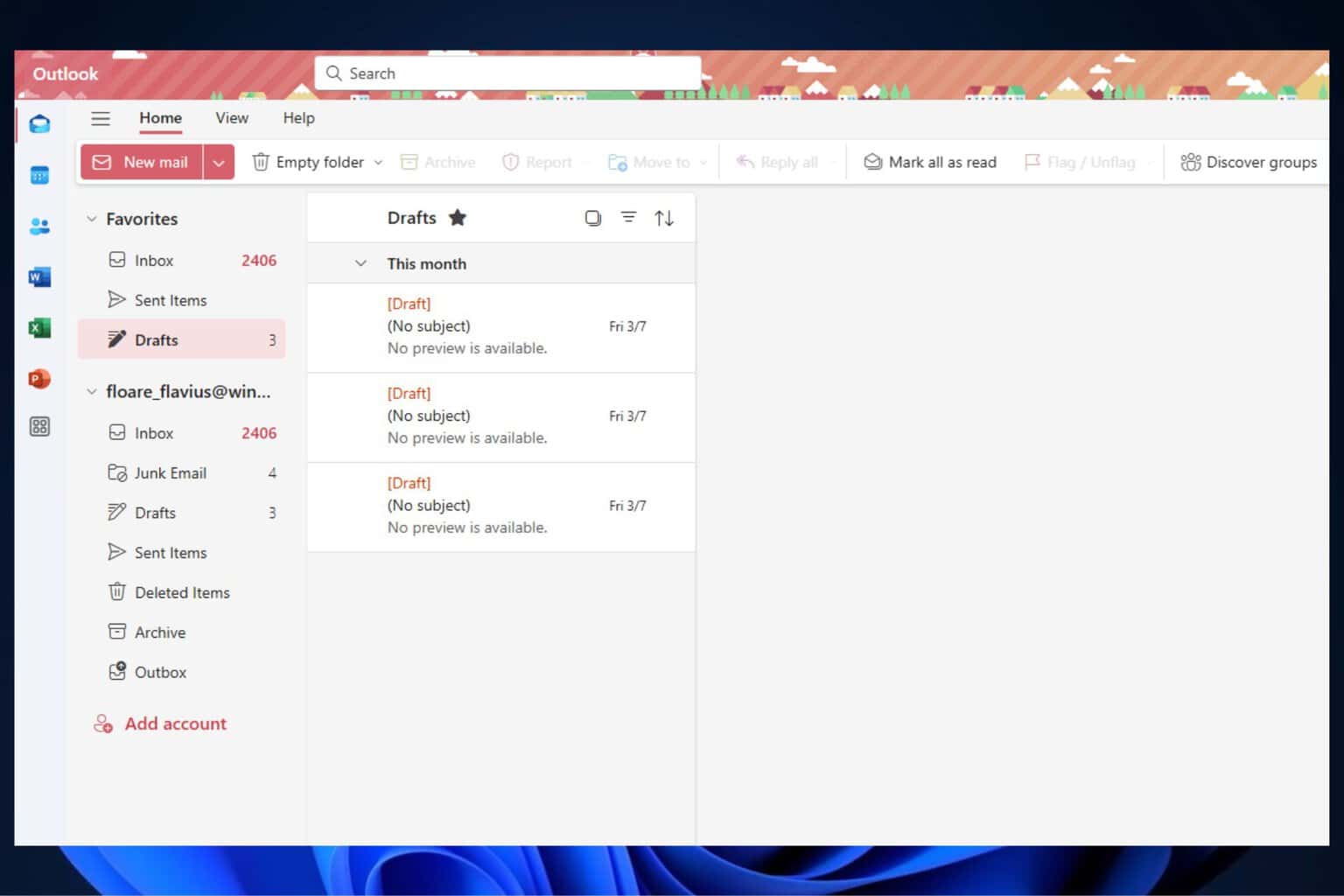
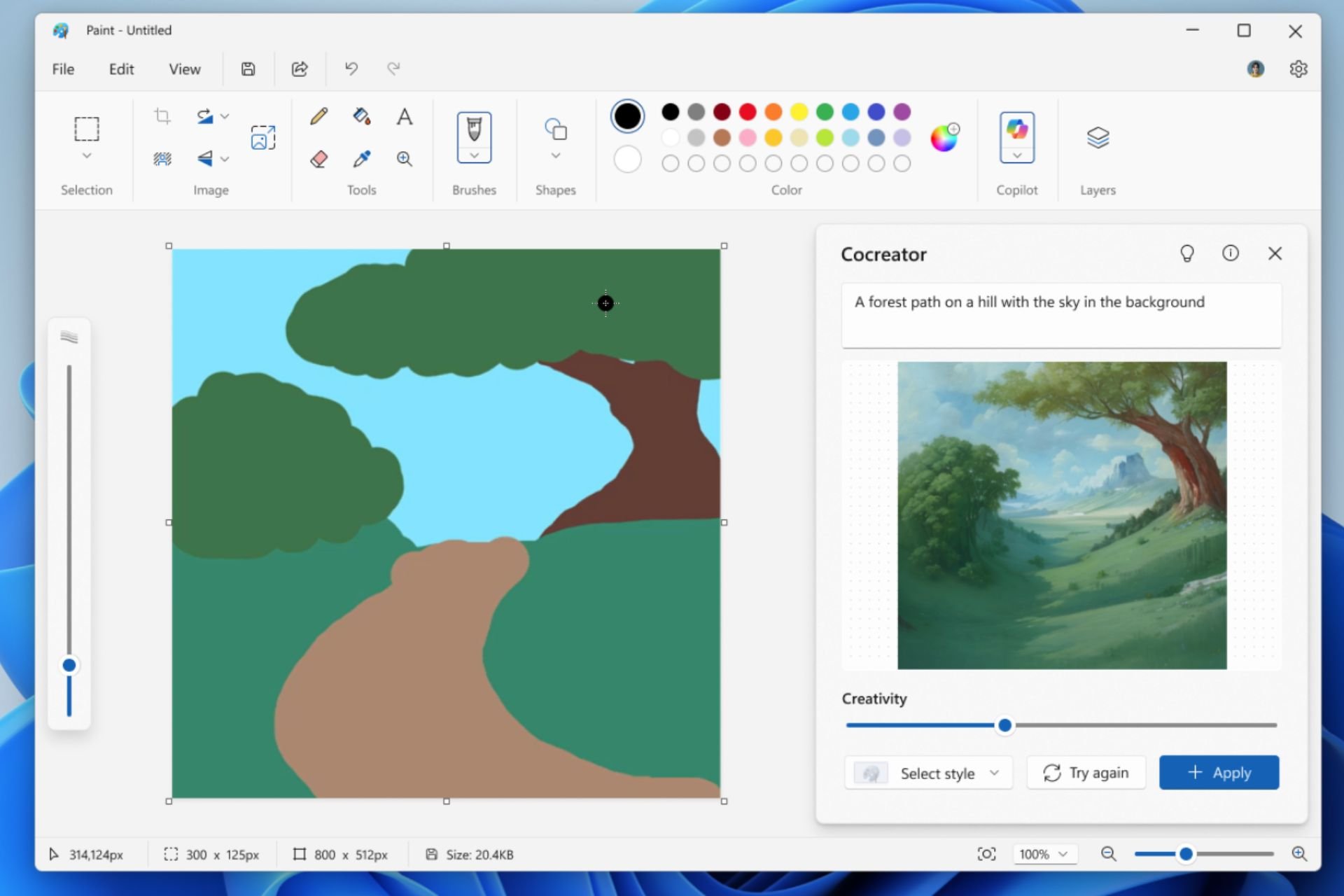
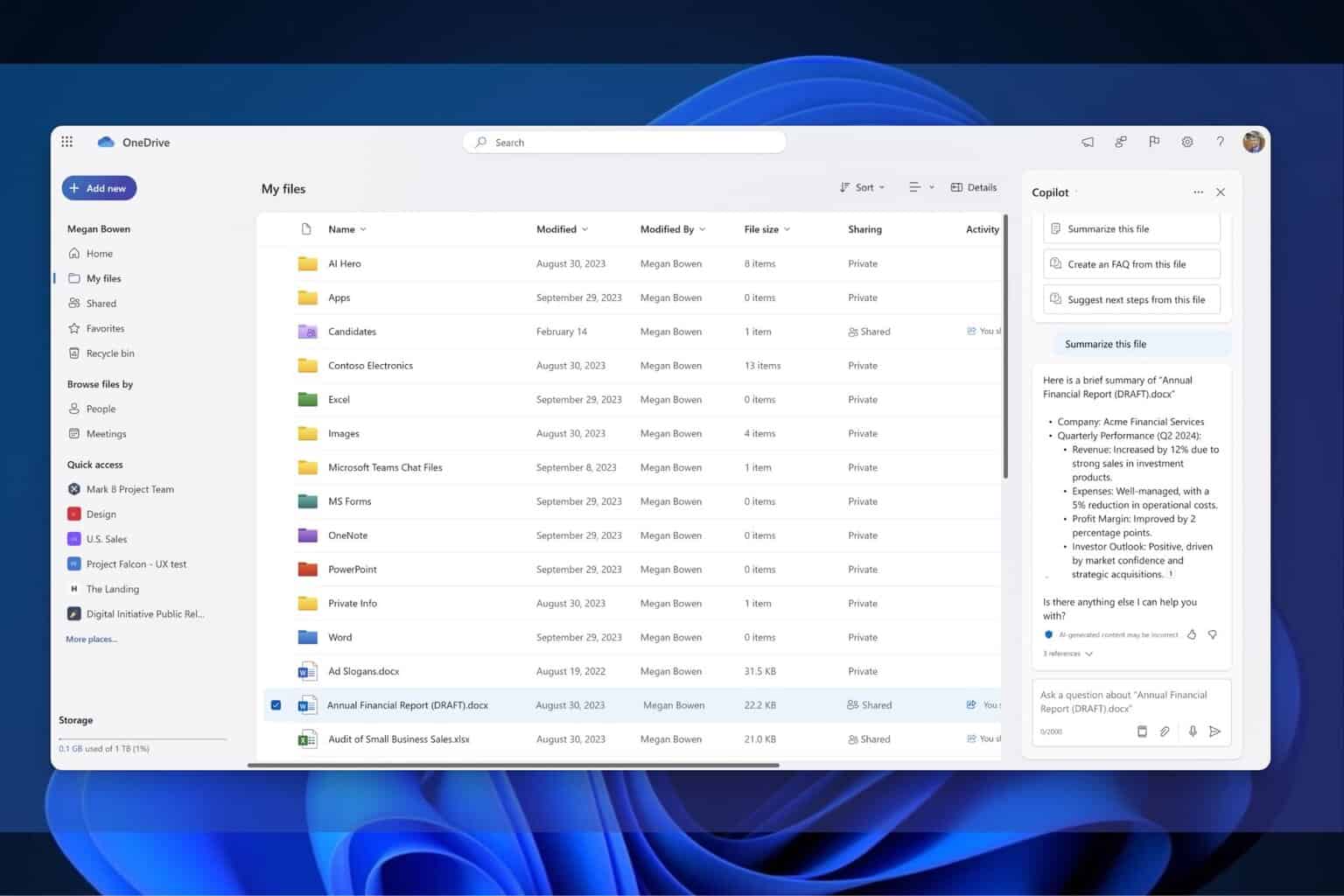

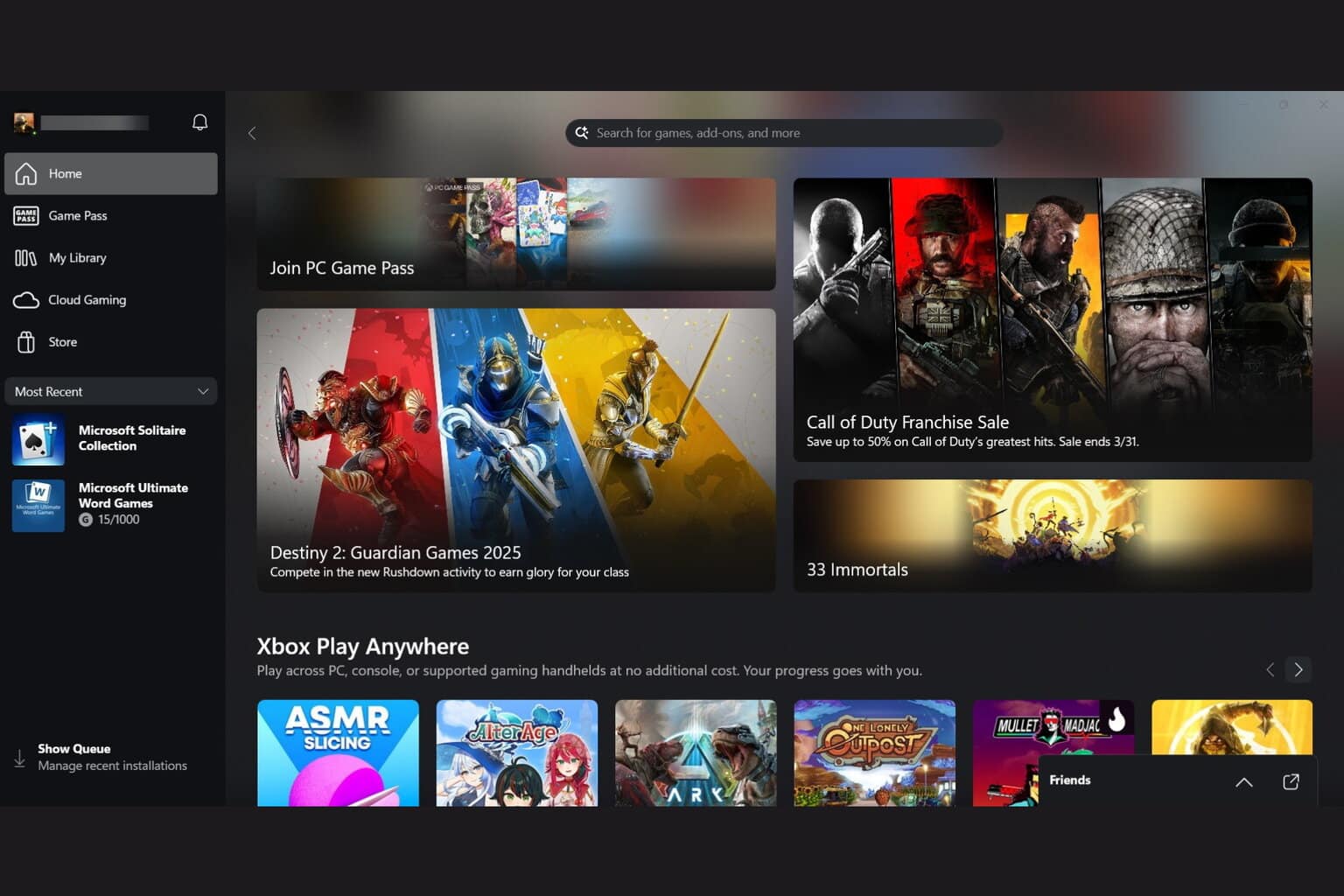
User forum
0 messages